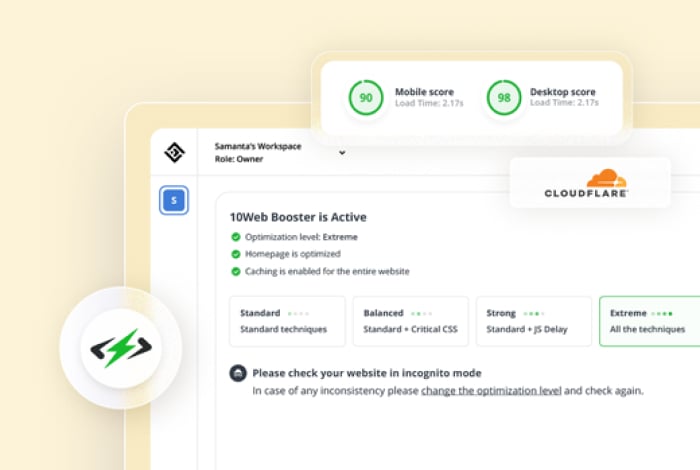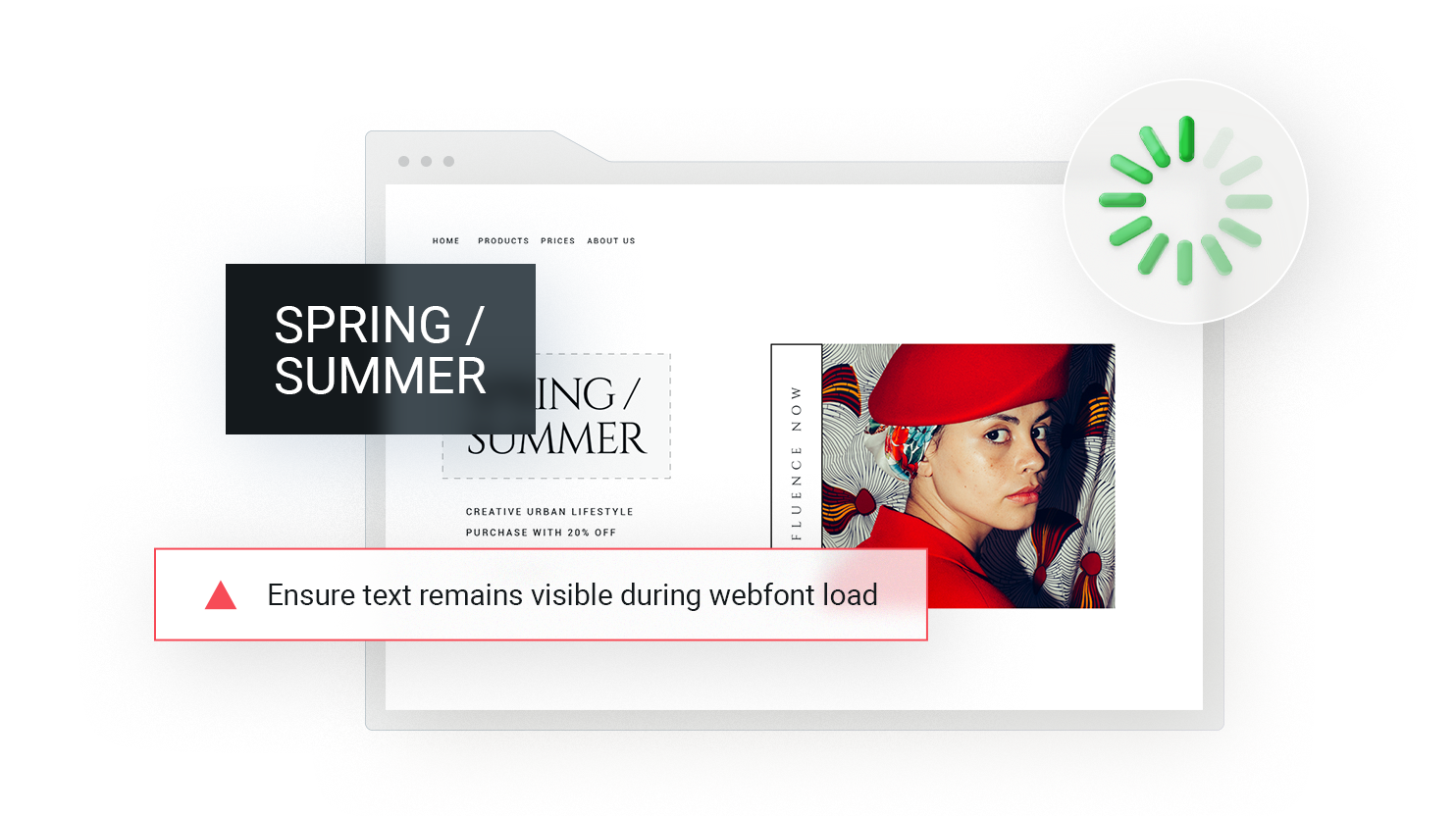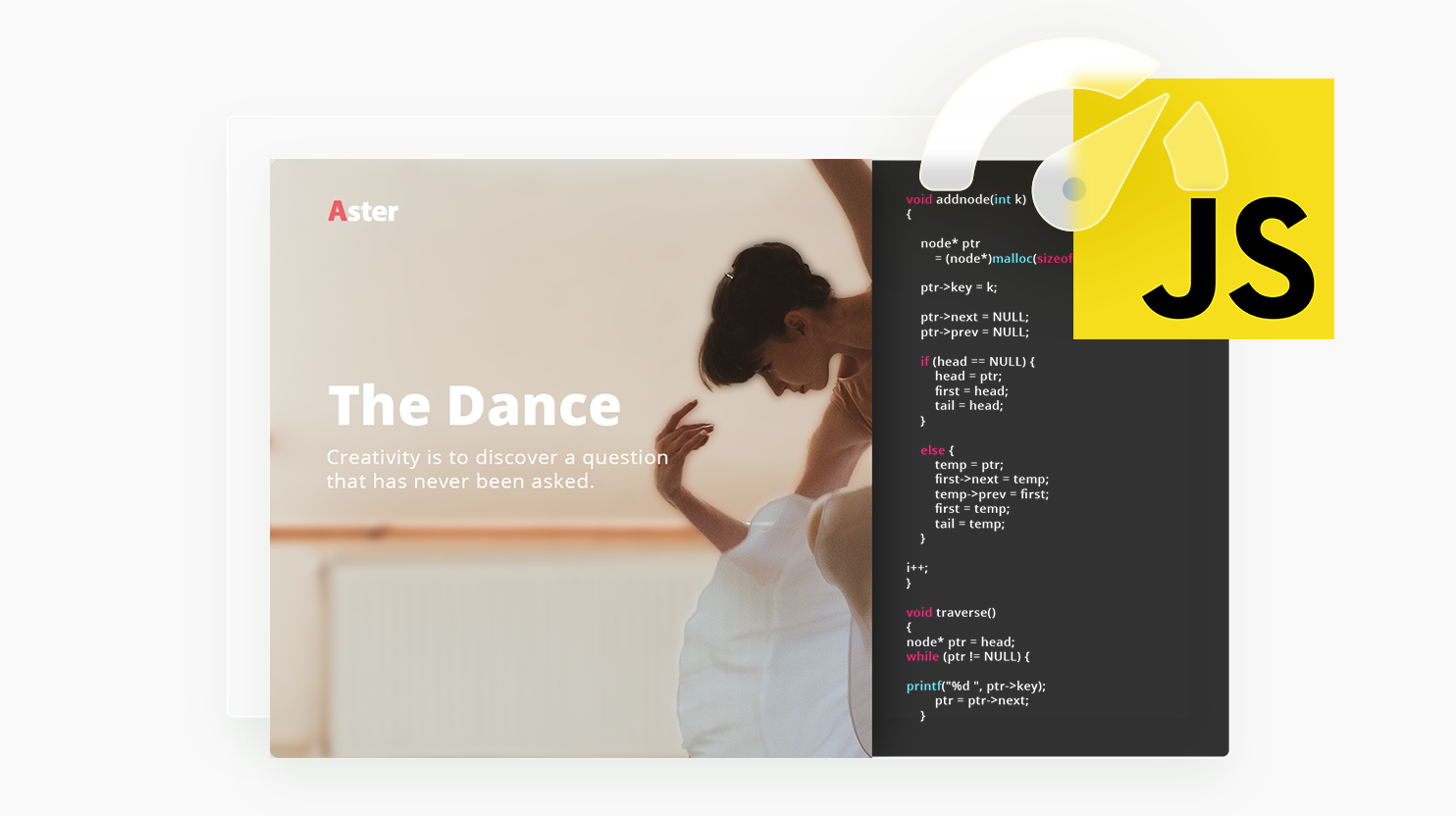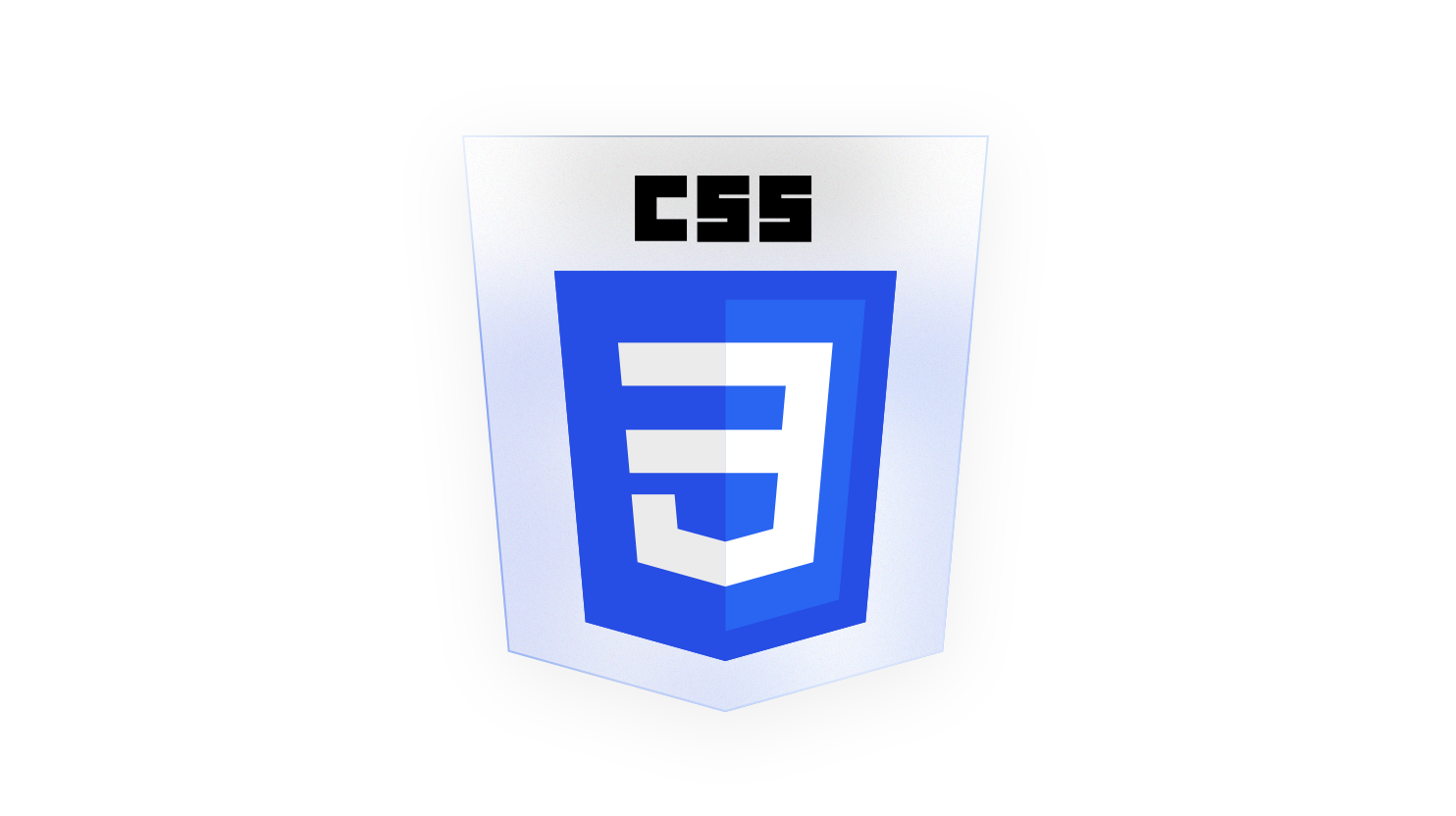Frontend optimization
WebP
WebP is an image compression technology developed by Google around a decade ago. The WebP file is represented by the “.webp” file format. The support for the WebP file format has increased quite a lot in the past few years by modern browsers, platforms like WordPress, and many other tools and software libraries. And because of its increased compatibility and popularity in recent years, the WebP has become a de-facto standard for web images.
Speed metrics
Time to First Byte
TTFB stands for time to first byte. It is a time metric that determines the time it takes for the first byte of a server response to arrive when some request for a resource is made.
First Contentful Paint (FCP)
The First Contentful Paint (FCP) is the first thing you see when opening a webpage. FCP is one of the six frontend performance metrics that PageSpeed Insight measures using Lighthouse. It affects the customer experience and SEO, so you should measure and optimize for a fast FCP.
Largest Contentful Paint (LCP)
Often abbreviated as LCP, Largest Contentful Paint is a user experience-centric metric of how long it takes the largest element on your page to render. The LCP object could be an image, text, video, or animation that appears above the fold.
First Input Delay (FID)
First Input Delay (FID) is a Core Web Vitals metric defined by Google that measures the interactivity and responsiveness of web pages. When calculating a PageSpeed score for a URL, the First Input Delay (FID) value represents the time lag between the first user interaction with the page elements and when the web browser is actually able to process the user request.
Cumulative Layout Shift (CLS)
Cumulative Layout Shift (CLS) is a Core Web Vitals metric defined by Google that measures the visible stability of web pages. When unexpected shifts in the display of content occur in the loading of a web page due to image resizing, ad displays, animation, browser rendering, or other script elements, such shifts lower the quality of user experience. This can make visitors confused or require them to wait till the webpage loading is completed, which takes more time.
PageSpeed Insights
PageSpeed Insights (PSI) is an analytics tool offered by Google for the evaluation of website performance across desktop and mobile devices. The Google PageSpeed score of each URL is a reference value calculated from the metrics used for search engine optimization (SEO).








